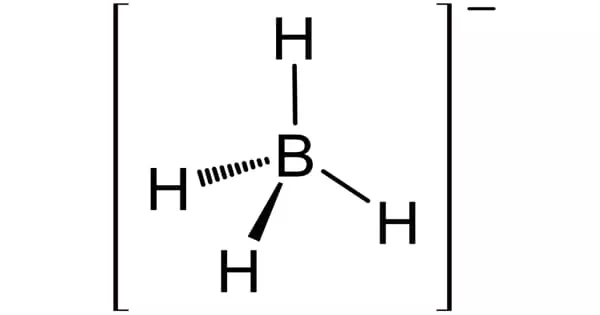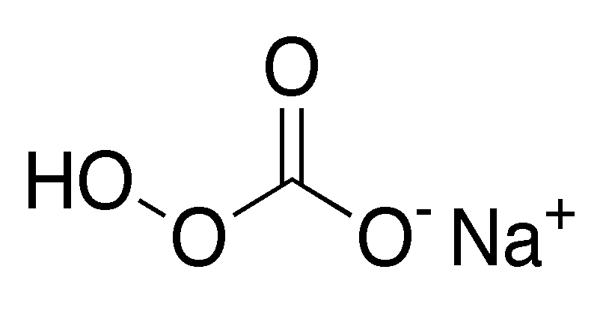In a recent study, Penn State researchers successfully eradicated numerous dangerous microorganisms using a light-based food sanitization technology.
According to the researchers, the pulsed light technique shows promise as a potent substitute for the chemical, heat, and water-based antimicrobial technologies frequently used in the food industry. It may also be more broadly applicable in sanitized environments like hospitals, water treatment plants, and pharmaceutical plants.
According to the Centers for Disease Control, foodborne illnesses cause upwards of nine million illnesses, 56,000 hospital admissions, and 1,300 fatalities per year in the United States.
Ali Demirci, a professor of agricultural and biological engineering at Penn State and a part of the research team, explained that food contamination remains a major public health issue despite advancements in technology and more regulation.
“Any improvements to prevent illness or save lives would be the best outcome of this research,” Demirci said. “We want to reduce the number of foodborne disease fatalities to zero.”
The study, recently published in the Journal of Food Engineering, revealed that targeted pulses of broad-spectrum light established a germicidal response in E. coli, Salmonella Typhimurium, Listeria monocytogenes, Bacillus cereus, Aspergillus niger spores and Penicillium roqueforti spores.
The study determined that UV radiation was crucial to the process and specified the spectrum and energy properties of pulsed light.
Ed Mills, an associate professor of meat science, and Josh Cassar, a former animal science PhD candidate who is now a food safety consultant, collaborated on the project in Demirci’s lab.
Pulsed light is another tool in the toolbox. When used in an appropriate setting, it can offset a chemical sanitizer or a water-based disinfectant. As with any novel technology, it will continue to develop and hopefully will provide us with an effective and efficient tool for sanitation in a range of environments and industries.
Josh Cassar
“I returned to Penn State for graduate school after working for a poultry processor, so for me the research was very applied; we desired to bring this technique to market,” Cassar said. “In terms of implementing the technology, we have continued to collaborate with corporate partners to integrate this technique into their facilities.”
The lab has used the method on a variety of foods over the past 20 years, including fruits, seeds, cereals, cheese, milk, apple juice, and other poultry products. The scientists even used a conveyor built to test the procedure in an industrial setting and xenon flashlamps meant to function at commercial scale to imitate production settings while testing the technology on eggs.
The researchers expressed their hope that the food sector would implement this technology as soon as possible given its great potential to make food safer to eat.
Low intensity ultraviolet (UV) light has been utilized in the food sector as an antibacterial treatment since the 1960s, according to Mills. In facilities for meat aging, meat producers used low levels of UV light, although the method could only be applied for a long time at a low intensity.
“This is a completely different system,” Mills said. “We are using pulsed light instead of continuous light, which takes advantage of the stored energy in a pulse, so we can deliver more power in less time.”
The team’s method is intended to be used on a conveyor belt that transports food, where light pulses would be delivered to the product as it moves by. Because the light is pulsed, the treatment gives a stronger light intensity, which, according to Mills, causes a bigger microbial reduction in a shorter amount of time than standard UV light treatment.
“The analogy I use is a dam in a river,” Demirci said. “You open the floodgates and there is a flash of energy. That’s what we’re doing with light.”
According to Cassar, pulsed light is a new technique that has the potential to replace present antimicrobial interventions in the food business while also having broader antimicrobial uses.
“Pulsed light is another tool in the toolbox,” he said. “When used in an appropriate setting, it can offset a chemical sanitizer or a water-based disinfectant. As with any novel technology, it will continue to develop and hopefully will provide us with an effective and efficient tool for sanitation in a range of environments and industries.”
The project was partially supported by the USDA National Institute of Food and Agriculture (NIFA) Federal Appropriations. Xenon Corporation in Wilmington, Massachusetts, also provided technical support.
















